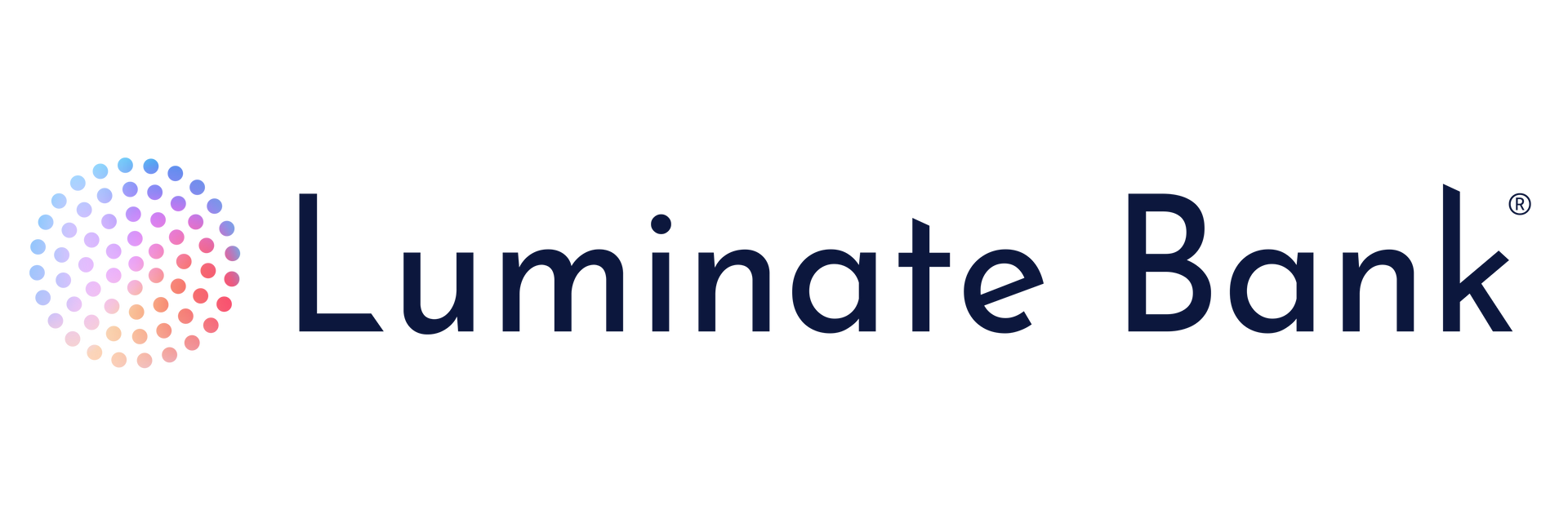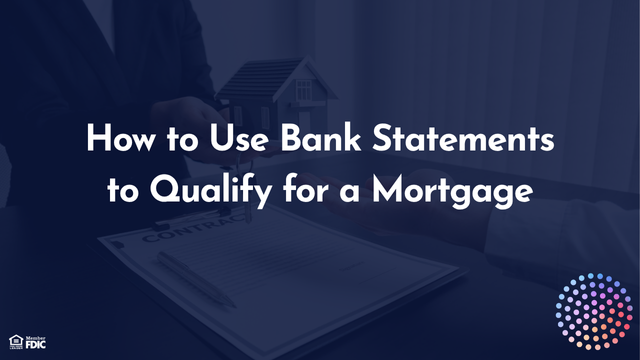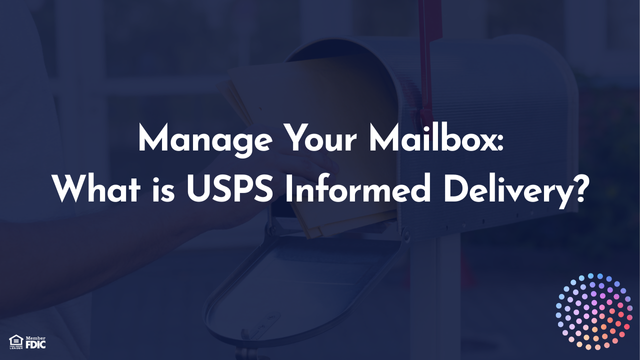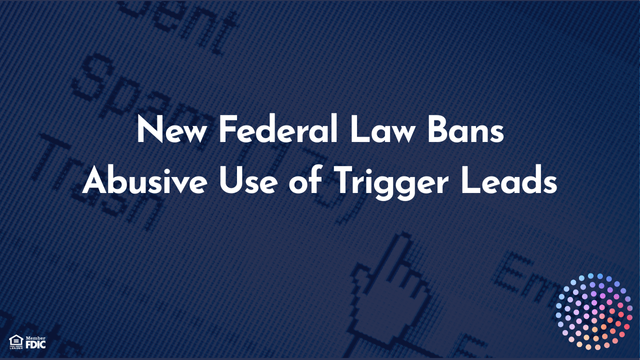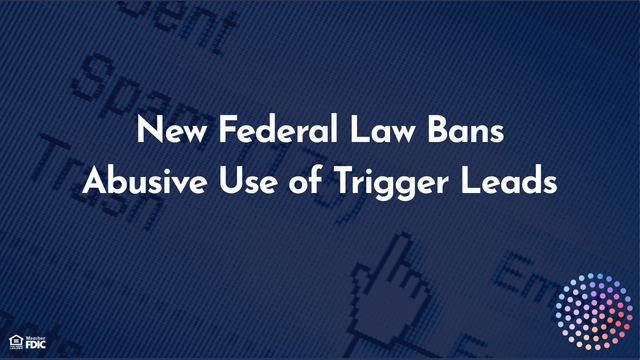How to Cancel Private Mortgage Insurance (PMI)
marketingdept • June 18, 2025
How to Cancel Private Mortgage Insurance (PMI)

Mortgage insurance has been a staple in the mortgage industry since the late 1950s. Private mortgage insurance, or PMI, is in fact an insurance policy much like any other. Mortgage insurance on conventional loans is required when the first mortgage exceeds 80 percent of the value of the home. If the borrowers put down 20 percent or more, no mortgage insurance is needed. Should the loan ever go into foreclosure, the lender is compensated by the difference between the borrower’s original down payment and 20 percent of the value of the home. This amount will vary based upon other factors but generally speaking that’s how mortgage insurance works.
Yet up until the passage of the Homeowners Protection Act of 1998, mortgage insurance was a lifetime affair. Unless the mortgage was retired by sale or refinanced, the mortgage insurance policy would always be a part of the mortgage, regardless of the current market value of the home. This Act provided ways for consumers to get rid of mortgage insurance, either by a direct request or natural amortization, for all loans issued on or after July 29, 1999.
Borrowers may request cancellation of a mortgage insurance policy by writing the current lender asking for a review and removal of PMI once the mortgage balance is naturally paid down to 80 percent of the original value of the property. The time it takes to reach that amount is determined by the amortization period of the loan. A 15-year mortgage will be paid down sooner than a 30-year loan, for example.
There really aren’t any requirements of the borrowers other than making the official request and waiting for the loan to reach the 80 percent mark other than the borrowers having a good credit history without any additional second liens, such as a home equity line of credit or a home improvement loan.
The Act also laid down guidelines that lenders must follow even without a request from the borrowers to remove PMI. If the borrowers have good credit and have made their mortgage payments on time, the lender is required to drop PMI automatically when the loan amortizes to 78 percent of the original value of the home. Note, both the borrowers as well as the lenders’ guidelines require the original value of the home to be used, not the current value.
Now let’s say that property values have risen and with a combination of loan amortization as well as an increase in property value. Under this scenario, the borrowers can request cancellation of PMI due to the increase in equity without regard to the original value. Under normal amortization, it can take several years to reach the 80 percent mark. Yet by using current value, it can only take a couple of years given the increase in value.
In this method, a request is made to the lender who then orders an appraisal. If the current mortgage is less than five years old, the current loan balance must be 75 percent of the current appraised value. If the mortgage is more than five years old, the loan balance can be 80 percent of the appraised value. Making additional payments on the mortgage, natural loan amortization and an increase in property values allow for mortgage insurance cancellation. This process is much the same with any mortgage insurance company and individual lenders may have their own requirements in addition to requirements laid forth by the original Homeowners Protection Act. If you’re thinking it might be time to reassess the need for mortgage insurance, contact your lender for more information.
Yet up until the passage of the Homeowners Protection Act of 1998, mortgage insurance was a lifetime affair. Unless the mortgage was retired by sale or refinanced, the mortgage insurance policy would always be a part of the mortgage, regardless of the current market value of the home. This Act provided ways for consumers to get rid of mortgage insurance, either by a direct request or natural amortization, for all loans issued on or after July 29, 1999.
Borrower’s Request
There really aren’t any requirements of the borrowers other than making the official request and waiting for the loan to reach the 80 percent mark other than the borrowers having a good credit history without any additional second liens, such as a home equity line of credit or a home improvement loan.
Lender’s Requirement
Using Current Value
In this method, a request is made to the lender who then orders an appraisal. If the current mortgage is less than five years old, the current loan balance must be 75 percent of the current appraised value. If the mortgage is more than five years old, the loan balance can be 80 percent of the appraised value. Making additional payments on the mortgage, natural loan amortization and an increase in property values allow for mortgage insurance cancellation. This process is much the same with any mortgage insurance company and individual lenders may have their own requirements in addition to requirements laid forth by the original Homeowners Protection Act. If you’re thinking it might be time to reassess the need for mortgage insurance, contact your lender for more information.
